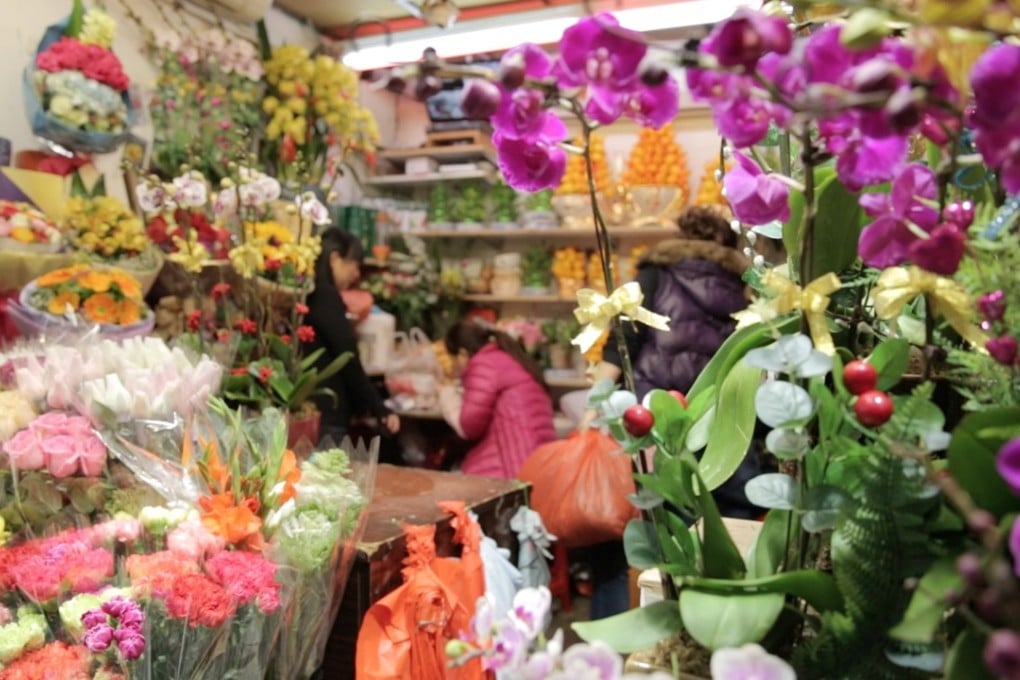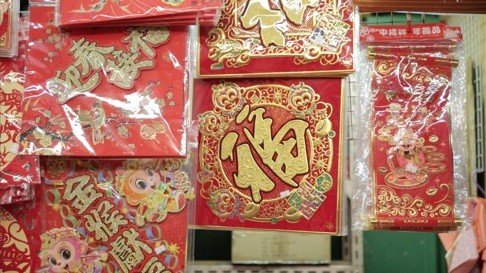Chinese New Year 2016: the meaning behind plants and decorations we display
VIDEO: From lai see to fai chun, and kumquat to water lily, a Hong Kong expert explains the traditions behind them and how they are believed to confer good luck on those who buy and give them

The biggest festival in the Chinese calendar in Hong Kong is Lunar New Year, with many shopkeepers selling a vast array of red decorations and flowers for the event.
Steve Cheung, of the University of Hong Kong’s sociology department, who studies Chinese customs, explains the meaning behind some of them.
WATCH Steve Cheung browse Causeway Bay stalls selling Lunar New Year items
Children and young people who are not yet married will receive lai see – or red packets – containing money. The cash is placed in a decorated red envelope, and the younger generation must give blessings to the older generation before receiving the lai see.

Red decorations also adorn people’s homes and the lobbies of office buildings and apartment buildings. They are called fai chun – long rectangular sheets of paper with Chinese characters on them, as well as square ones that usually feature the word fook, or “fortune”.

Cheung says the rectangular ones usually have auspicious meanings, such as “wishing you good health”, “happy new year”, or “travel safely”, and are typically pasted near the door or window. The square ones with the word “fortune” are sometimes hung upside down as a way for fortune to arrive at your home.